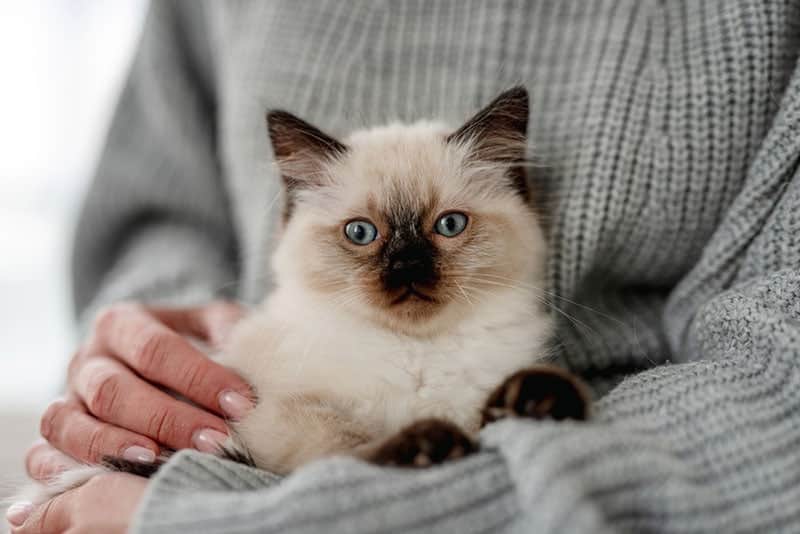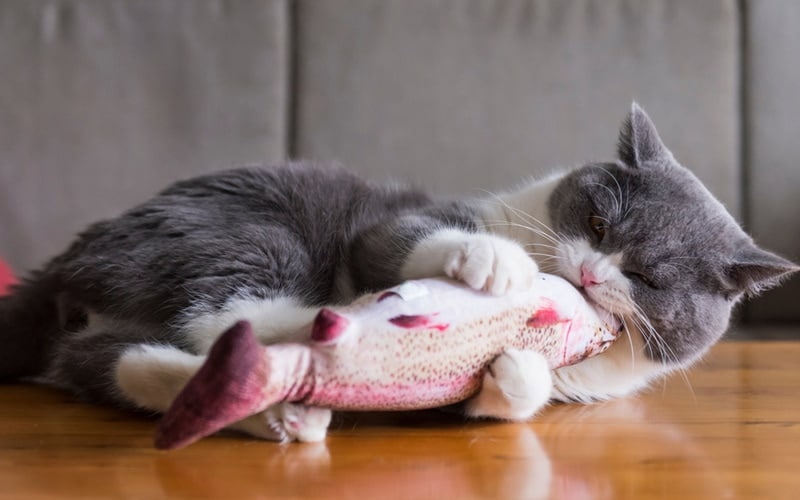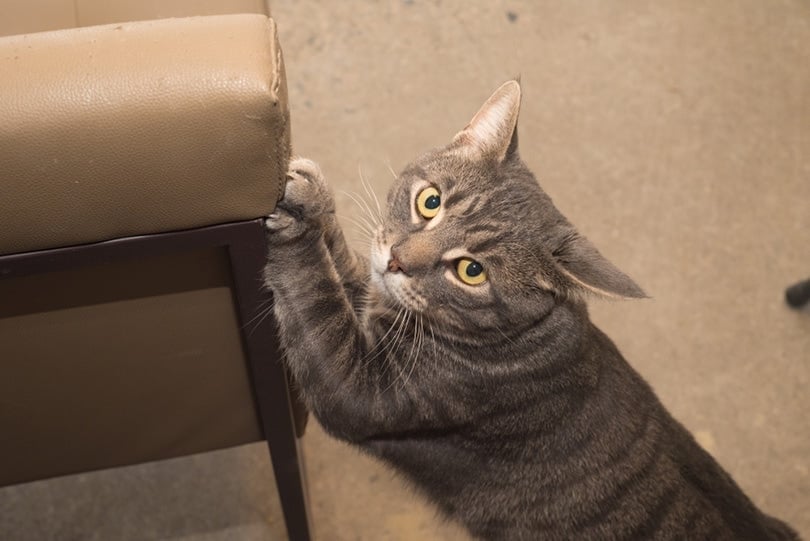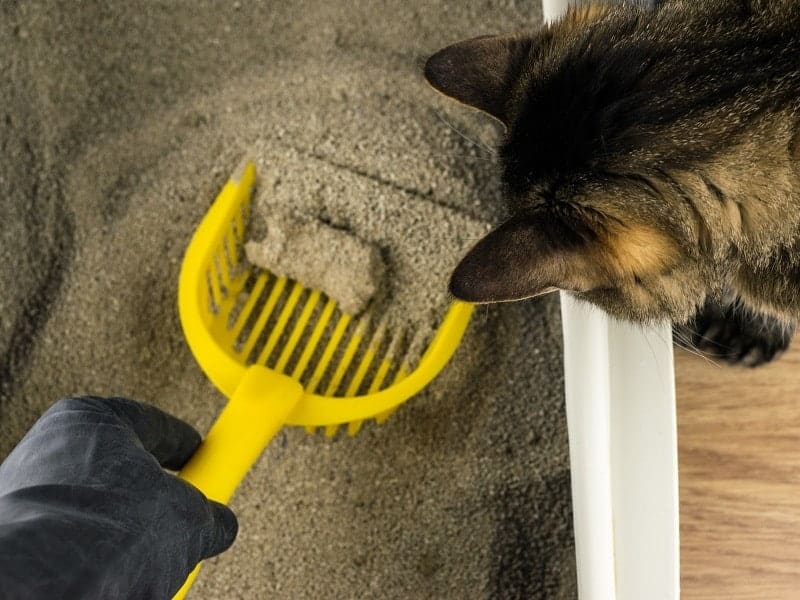Owning a cat can be incredibly fun and is a great experience for children and adults. However, there are many pros and cons to consider before spending your hard-earned cash on a new pet. Read on to decide whether these animals are right for your home.
The 6 Pros of Owning a Cat
1. Companionship
Cats make wonderful companions and provide a sense of comfort and warmth. They are known for their independent nature but enjoy bonding with their human owners and will often spend plenty of time with them. Some breeds, like the Ragdoll, Maine Coon, and Sphynx, are especially friendly, but any breed will be glad to be part of the family.

2. Low Maintenance
Compared to some other pets, cats are relatively low maintenance. They are self-groomers and often take care of their hygiene needs. They rarely need a bath, and unless they have long hair, their fur is easy to brush and rarely tangles. They require less attention and physical exercise than dogs, making them suitable for individuals with busy lifestyles, though cats still need plenty of attention to stay happy and healthy.
3. Playfulness
Cats are naturally playful creatures. Their curiosity and agility often lead to entertaining moments as they chase toys, pounce on objects, and engage in various activities. Playing with a cat can be a stress-relieving and enjoyable experience for the entire family, including your pet. While they tend to be a bit more playful as kittens, they will be happy to join the fun throughout their lives.

4. Health Benefits
Research has shown that owning a cat can have positive health effects. For example, the presence of a cat in the household can lower stress levels, reduce blood pressure, and decrease the risk of heart disease. Additionally, the purring of a cat can have a soothing effect on humans, helping you feel more comfortable and better able to deal with problems that arise.
5. Pest Control
Cats are natural hunters and have an innate ability to catch and eliminate pests like mice, rats, and insects. Having a cat in your home can help keep unwanted critters at bay, providing a practical benefit alongside their companionship. In fact, mice can often detect a cat in the home and may leave before the cat can catch them.

6. Environmental Adaptability
Cats are highly adaptable creatures. They can thrive in various living environments, including city apartments, suburban houses, and rural areas. Their ability to adjust to different surroundings makes them versatile companions for individuals in diverse settings. They are just as well suited to city life as country living and will be happy in any environment.
The 5 Cons of Owning a Cat
7. Allergies
Cat allergies are common among individuals who are sensitive to pet dander. Allergic reactions can range from mild symptoms like sneezing and itching to more severe conditions like asthma. Therefore, it is important to consider this factor if you or someone in your household has allergies. There are a few breeds that might produce fewer and less severe reactions, like the Devon Rex, Sphynx, and Siberian, as they don’t have much fur and don’t shed that much, so it might be worth considering one of these cats if your allergies aren’t too bad.

8. Responsibility
Owning a cat requires long-term responsibility and commitment, as most cats can live 12 years or more with proper care. They need regular feeding, grooming, and attention. A cat also requires at least one clean litter box, regular veterinary check-ups, and vaccinations. Consider this commitment thoroughly before purchasing a cat.
9. Damage to Property
Cats instinctively scratch to stretch, exercise, relieve stress, and sharpen their nails, which can damage furniture, carpets, and other household items. Appropriate scratching posts and training can help mitigate this issue, but it is still worth considering, as it may not be possible to prevent all damage.

10. Lifestyle Limitations
Unlike dogs, cats are generally more independent and may not be suitable for those seeking constant interaction or a highly active pet. Depending on their mood, they tend to be solitary animals unless they want something and may not always be available for cuddles or playtime. It’s also unlikely that they will go for a walk or wear a leash, and riding in a car, even for a short distance, will scare most cats.
11. Litter Box Maintenance
Cats require a clean and well-maintained litter box for their bathroom needs. Scooping and cleaning the litter box regularly is necessary to prevent odors and maintain a healthy environment. This responsibility may not appeal to everyone. Automatic litter boxes can help ease the burden, but they are often expensive, may not work well, and break down easily.

Summary
Owning a cat is a big responsibility, but the pros outweigh the cons. A cat can provide companionship and be a great friend, especially to someone who lives alone. They are playful and entertaining and will help keep your house free of mice and insects. They are easy to maintain and won’t need many baths, brushing sessions, or walks, and they are happy to live in small or large homes.
However, a cat is a big commitment, and you will likely need to care for them for over a decade, including litterbox maintenance and vet visits. They can also damage your property with their scratching and chewing. Cats can also trigger allergies in some people, and you will need to find a sitter if you want to travel.
Overall, though, most people find owning a cat to be a wonderful experience that they wouldn’t trade for the world.
Featured Image Credit: evrymmnt, Shutterstock












